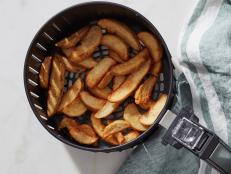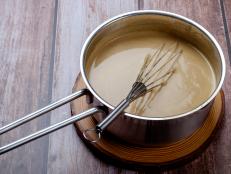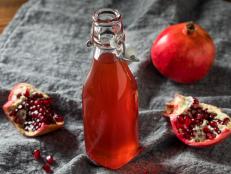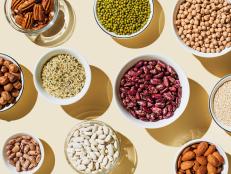How to Use Up Everything In Your CSA Box, According to Chefs
No matter how much you love fruits and vegetables, a regular CSA box can be overwhelming.
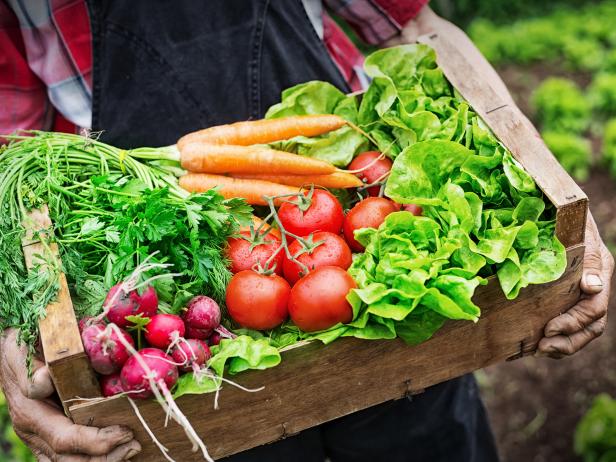
valentinrussanov/Getty
If you’re an avid home cook who likes to shop from local businesses, signing up for a community supported agriculture (CSA) box is practically a no-brainer. Pay a set fee for the year or the season, and on a regular schedule (often weekly, bi-weekly, or monthly), you get a box of local, peak-season produce from farmers in your area. Some CSAs operate through farmer’s market pick-ups, while others might deliver to your home, office or a central location in your community.
There are so many benefits to a CSA, from sustainability to nutrition, but there’s no denying that sometimes — OK, often — it’s hard to use up every bit of produce you receive. Sometimes, you get a box filled with strawberries and heads of lettuce that you know your household will eat in no time. Other times, you might end up with pounds of zucchini or okra that you don’t know how to cook properly, or a bag of greens that you’ve literally never heard of.
“The best mindset to have with a CSA is ‘If it grows together, it goes together,’” says Alfredo Nogueira, executive chef-partner of Cure, Cane and Table and VALS in New Orleans. In other words, if two things are in-season at the same time — which everything in your CSA box will be — then they’ll probably taste good served together. “The CSA is all about trying new things and learning how to be a better cook—don't be afraid to make mistakes.”
To help you make the most of your CSA, we asked chefs from around the country for their best tips on how to use up whatever’s in your box.
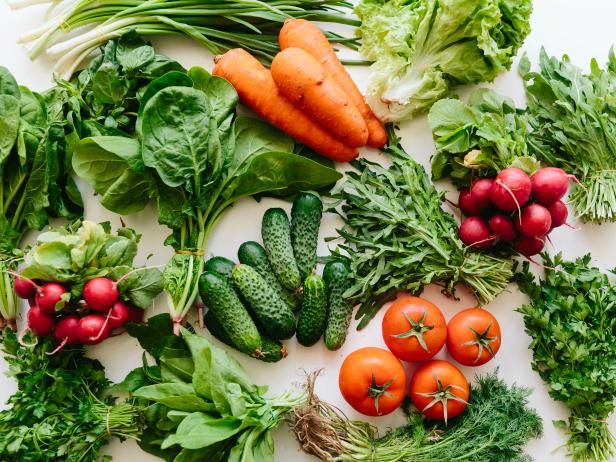
Alexander Spatari/Getty
Turn Summer Fruits Into Fruit Leather
Although it’s hard to believe that you could ever have too many perfectly ripe peaches and berries, this can absolutely happen if you’re getting a CSA box in midsummer and don’t want to snack on fruit several times a day. Sure, you could turn them into jam, but Simone Lawson, owner of Sassool Mediterranean Cafe in Cary, North Carolina, recommends something a little more unique. “Stone fruits and berries can be cooked down to make fruit leather,” she says.
Here’s a recipe for easy fruit leather. All you need is fruit, sugar and a little bit of lemon juice!
Invest in Good Olive Oil and Cook Leafy Greens Simply
“I love simple wilted greens,” Nogueira says. “Heat extra virgin olive oil with minced garlic and shallots, drop in the greens, cook until wilted, and finish with something acidic — lemon is great for most things, but heartier greens like mustards/collards go better with vinegar.”
A high-quality olive oil — one that tastes a little spicy when you try it on its own — will go a long way here. The bitterness from the greens, acidity from the lemon or vinegar, and bright olive oil flavor combine perfectly, and make a great side dish for almost any meal. Plus, leafy greens shrink considerably when you cook them, so this is a great way to use up a whole lot at once.
Freeze Chimichurri for Later
“We are big on using spring herbs and tender spring greens like arugula and spinach to make chimichurri, pesto, or salsa verde to freeze for future use,” say Ashley Christensen and Kaitlyn Goalen, the chef-proprietor and executive director, respectively, of AC-Restaurants in Raleigh, North Carolina. “In our recent cookbook It's Always Freezer Season, we have recipes for utilizing frozen salsa verde to drizzle over a baked feta appetizer, or using frozen pesto as the dressing for a kale and broccoli slaw with avocado.”
Start with a simple chimichurri recipe and customize it based on the herbs and greens that you have. It’s important to include lots of herbs, because they’re packed with flavor, but it’s fine to switch up which ones you use. Adding leafy greens to the blend will add color, volume and subtle flavor.
One option is to freeze the sauce into ice cubes, but Christensen and Goalen have an easier suggestion that doesn’t require messing up an ice cube tray: Line a rimmed baking sheet with parchment paper, with an inch overhang on all sides. Pour the puree onto the parchment in an even layer. Transfer to the freezer to set. Turn the “sheet” out onto a cutting board and cut it into pieces. Put the pieces in a zip-top bag, label and date, and freeze for up to 2 months
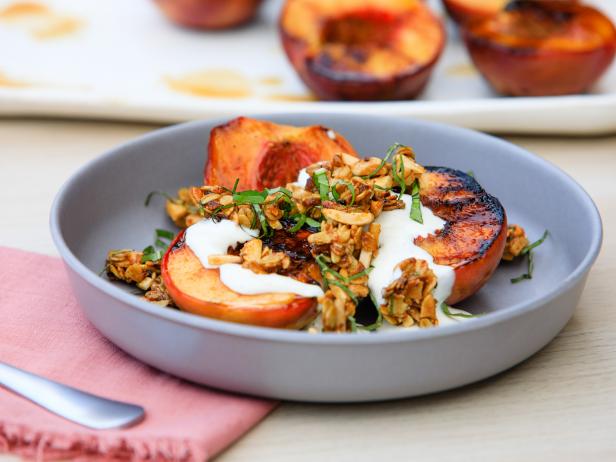
Grill Your Fruit
“If you don't want to eat your spring and summer fruits raw or baked into a pie, keep it simple by grilling them,” says Matthew Dolan, executive chef of 25 Lusk in San Francisco. This works especially well for stone fruits like peaches and plums, he says, because you can just cut them in half, remove the pit, sprinkle them with a touch of sugar, and grill them for a few minutes on each side over medium-high heat.
Dolan recommends serving them as a dessert with a scoop of ice cream, but you can also serve them over a bed of greens, with a creamy cheese like burrata, or even as a side dish to hearty grilled meat like beef or lamb.
Up Your Hydration Game with Agua Fresca
When you have too much fruit to eat, try drinking it instead! “Agua frescas are light, non-alcoholic drinks popular in Mexico,” says Bill Heckler, executive chef of STIR in Raleigh, North Carolina. “Summer fruits especially go great in these!”
Typically made by blending fruit, water, lime juice and sugar, it’s easy to turn summer fruits like melon and berries into an easy agua fresca. If you don’t feel like dirtying a blender, you can muddle a bit of ripe fruit with sugar and lemon, then mix it with water or seltzer for an easy drink.
Turn Dehydrated Greens and Herbs Into Seasoning Mixes
Did you know that you don’t need a ’90s-style machine to dehydrate vegetables? You can do it right in an oven. Alison Settle, executive chef at Barn8 Farm Restaurant & Bourbon Bar in Goshen, Kentucky, lays out herbs and carrot tops (which look a little like parsley) on a sheet pan and leaves them in a cold oven for 24 hours to let them dry out. (At home, you might need to start your oven on its lowest setting, around 200 degrees Fahrenheit, then turn it off as soon as you put the herbs in.)
When the herbs and carrot tops are dry, Settle grinds them and mixes them with various other flavors — salts, spices and sometime seeds — to make seasonings that she uses on grilled meats, vegetables and hummus.
Make Fruit Vinaigrettes
Sure, you can use up CSA herbs by chopping them or blending them into vinaigrettes — but you probably knew that already. Why not step outside of your comfort zone and add fruit to the mix?
“You can make some awesome vinaigrettes with fruits, such as a strawberry basil vinaigrette,” says Jeff Allen, executive chef at Miller’s All Day in Charleston. Start with your herb vinaigrette recipe, only make it in a blender instead of by hand, and add a few strawberries or chunks of peach to the blended citrus-herb-honey mixture before you add your oil.
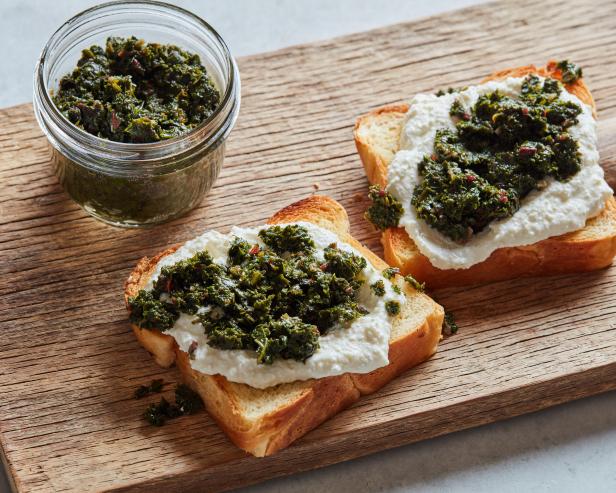
Matt
Make an Herb Jam
Turning berries or peaches into jam is kind of a no-brainer, but have you thought to make one with herbs and leafy greens?
“I love making an herb jam with cumin, caraway, kale, mint and coriander,” says Sophina Uong, chef and co-owner of Mister Mao in New Orleans. “There are so many uses for it. I currently use it with an Alabama corn pudding with tomatoes and sumac.”
If you’ve never made an herb jam before, it’s a little bit like pesto without the nuts and cheese, and often it has a touch of sugar for sweetness. Here’s a simple recipe — to make it Uong’s way, try swapping out the capers and olives for a bit of cumin, caraway, mint and coriander.
Eat Raw Veggies with a Really Good Dip
“Ashley is a crudite devotee, so our snack routine usually comes down to having an array of spreads and dips for accompanying fresh raw veggies,” Goalen says. “We like to take basic dips and give them a slight twist – like pureeing basil into buttermilk ranch dressing, or adding some pureed mushrooms into a tahini sauce for more earthy flavors.” Adding CSA produce to an already-made dip is such an easy way to shake things up while also using what you have on hand.
Related Content:






























